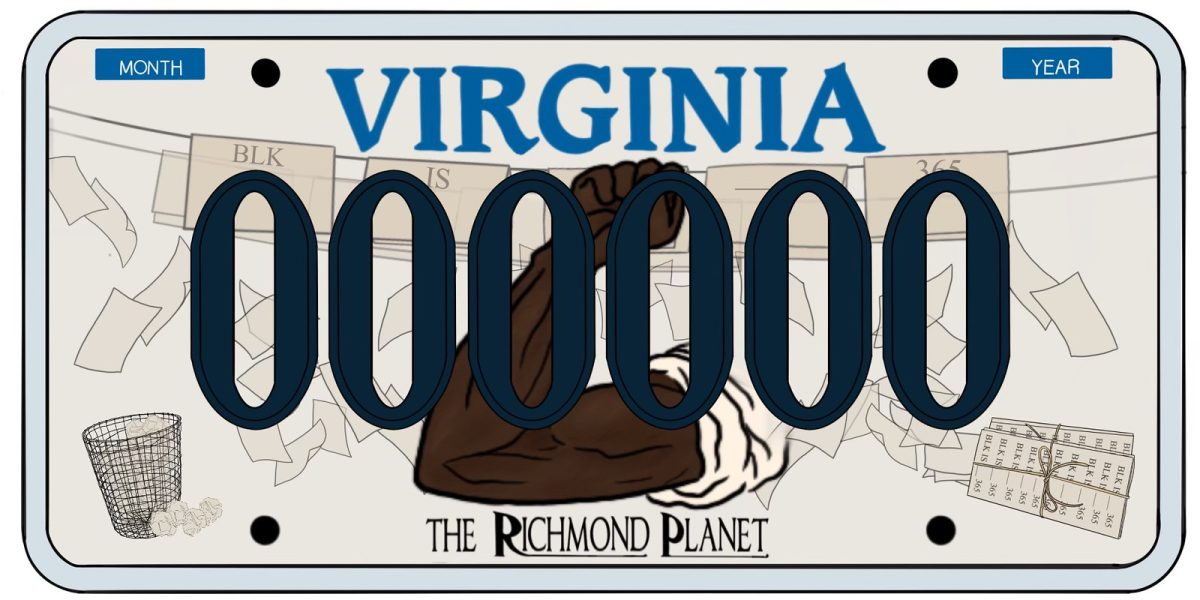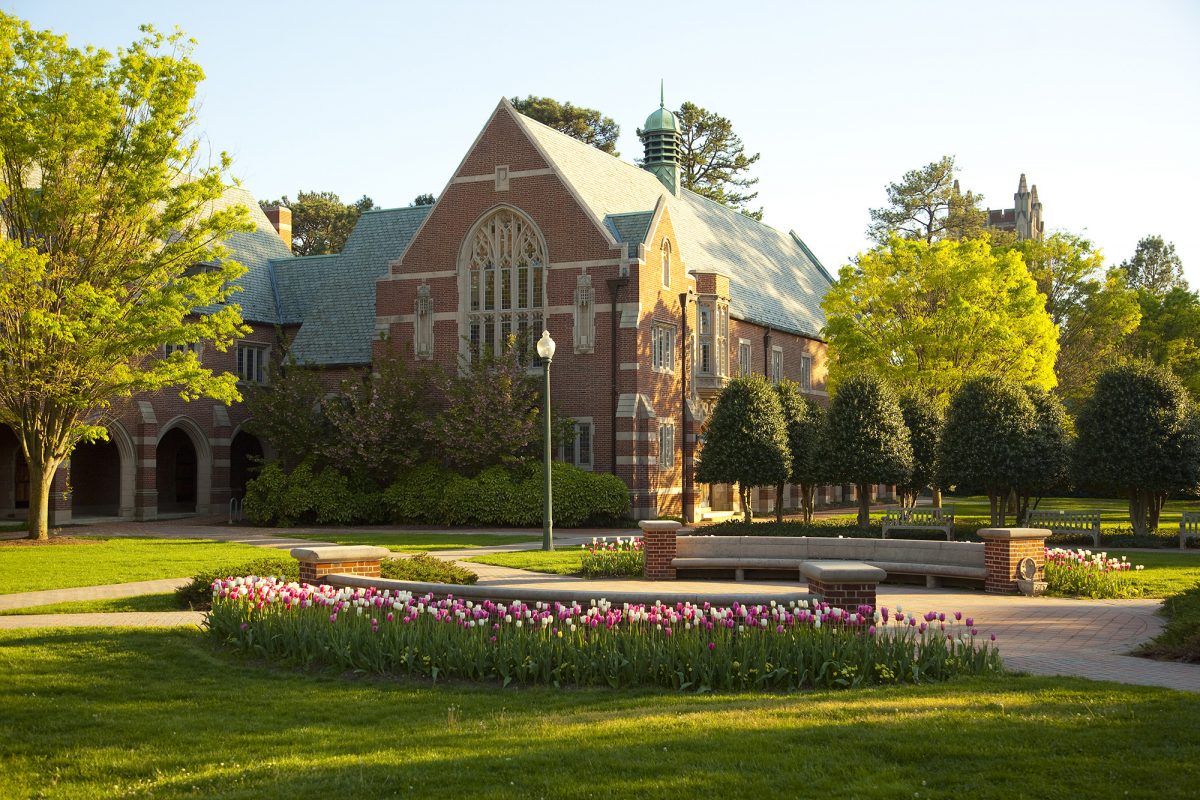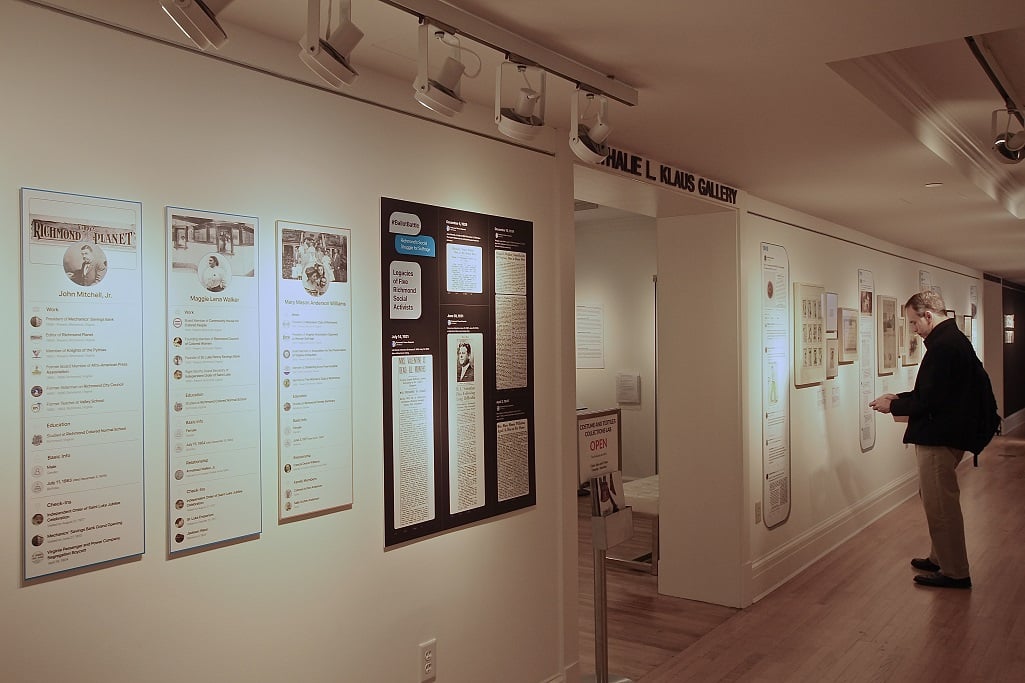A former Black community newspaper will be commemorated in a special license plate if Virginia House lawmakers give the bill its final stamp of approval. Sen. Joseph D. Morrissey, D-Richmond, introduced Senate Bill 753, which will authorize the issuance of a special...




